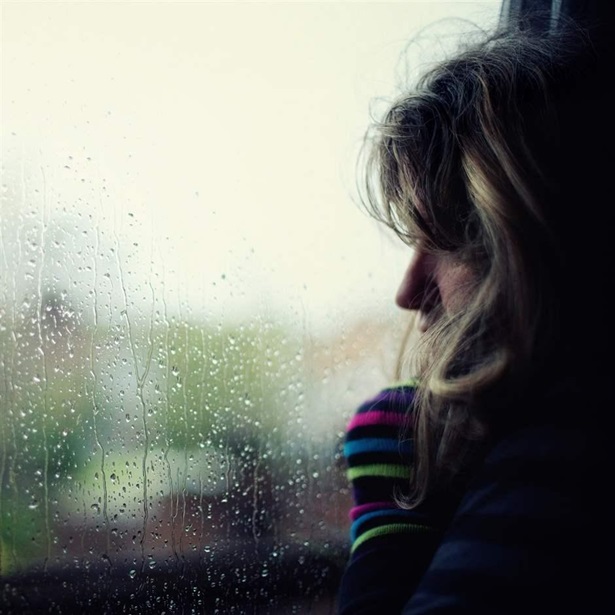More Support for Behavioral Health Services Can Improve Probation
People who have been on community supervision discuss changes needed to meet rehabilitation goals

State legal systems consistently rely on supervision as a cost-effective alternative to incarceration— though experts and key stakeholders acknowledge that probation must respond to the unique circumstances of each person. Despite this understood need, probation systems nationwide have struggled to address gaps in treatment for those with substance use or mental health disorders.
The scope of these issues makes them challenging to address. About 20% of people on probation have a mental illness, more than half of those have a co-occurring disorder—both a substance use disorder (SUD) and a mental illness. The total rate is more than double that of the adult general population, according to analysis of 2017-2019 data from the National Survey of Drug Use and Health.
To get a sense of what people with lived experience in these systems underwent and how those realities track with best practice, The Pew Charitable Trusts conducted interviews with four people who were on probation. This article series focuses on conversations with Nicole S. Junior from New York, Dan Hanneken from Missouri, and Kathleen Davis and Anthony Newkirk, both from Arizona. Although each has a unique background, their experiences together illustrate how supervision systems can be more effective, emphasize incentives over sanctions, and better address critical substance use or mental health treatment needs.
Hanneken has personal experience with addiction, incarceration, and probation. Today he runs an organization called In2Action that helps people in Missouri transition from prison back into their communities. He recalled cycling in and out of the criminal legal system before his recovery from SUD.
“I was put on probation when I was 17 years old, and I was either on probation or parole or in prison until age 30,” he said. “I've been to prison three times. It was all addiction-related. And I think that’s very common. We've criminalized addiction and we have a very punitive approach … [but] if you treat the addiction, then the criminal behavior goes away.”
Of the more than 20 million adults with SUDs, nearly four in 10 also have a mental illness diagnosis, known as co-occurring disorder, according to federal data. This reality can further complicate interventions and treatment.
Whether an individual has a mental illness, SUD, or both, probation agencies often offer little assistance in accessing treatment or navigating complex behavioral health systems. Individuals also can face difficulties in paying for services, managing appointments, or meeting the demands of supervision, conditions that contribute to a system that can have counterproductive results when rules are prioritized over treatment. All of these factors can place them at greater risk for a violation and potential incarceration.
Junior, who uses they/them pronouns, recalled the burden of having to participate in probation-required services they did not need while their mental health needs went unacknowledged, much less treated. A one-time prosecutor in Brooklyn, NY, who spent 11 months on probation, they now serve as deputy director of PEN America's Prison and Justice Writing program where they support and amplify the literary art of those with experience in the criminal judicial system.
“I didn't need anyone to look at my resume, but if you don't participate in these [employment] services, you can get violated,’’ Junior remembered. “Never once was I offered any type of mental health, mental care, anything, even though it was so obvious, you know—I was crying for extended periods of time in my PO’s office. Anyone who was in proximity would be like, ‘Something is emotionally wrong. How can we help this person to cope with what's happening?’”
But Junior didn’t get that help. Others recount similar experiences.
Policy reforms and applying best practices can help create a system that works to address needs and achieve better outcomes. In 2020, Pew and Arnold Ventures published a framework that underscored the importance of supervision policies that support system efficiency and outline what are considered the most effective approaches. Among those is limiting incarceration for technical violations—noncriminal behavior—when people break the rules of probation.
Those with behavioral health issues linked to SUD or mental health are likely to have more technical violations, reflecting their challenges with following particular supervision conditions. Seeing these violations as a warning flag that requires help rather than a reason to revoke someone’s supervision status would more effectively address those needs. Curtailing time spent incarcerated and away from social supports—such as through the use of revocation caps, which limits the specific amount of time people are sentenced for a revocation—presents another opportunity to address behavioral health needs.
Davis, who now serves as a case manager at the Arizona Women’s Recovery Center, struggled with an SUD in earlier years, with multiple periods of probation supervision. She was in an active state of addiction while on probation.
She recalled that her probation officer “required drug testing that I couldn’t pass at the time … I wasn’t going to show up using, so [I] just didn’t go. I was trying to stay clean, but I couldn’t. I was just stuck ... I went back and completed my prison sentence and was released off papers.”
That meant Davis just completed the sentence that had been imposed. But incarceration did not address her addiction, and she was soon arrested again. This time, however, Davis encountered a community peer support group that helped her work toward change.
Creating a network of social supports is a vital step on the road to recovery. Each of the interviewees mentioned peers as positive influences in their probation experience. Newkirk, for example, reconnected to his Native American and Black cultural supports. In the years since, he launched an organization called Warriors Code to help veterans and members of historically marginalized groups get their lives back on track.
Junior, meanwhile, said they wish that they had had access to a group of probationers so they could lean “into our struggles together and [try] to heal from that on this journey together.”
Peer supports, which studies have found to be effective, generally are nonclinical activities that engage, educate, and support individuals seeking treatment. During her last stint on probation, Davis was able to complete SUD treatment and is now a peer support specialist after three years of living in recovery. Her purpose, she said, has become serving others, but the process also has supported her own recovery.
“The whole peer model is to instill hope into somebody else who thinks that everything in their background has defeated them, because it hasn’t—it can be used to help another,” she said. “Getting outside of myself to help another is really what saves me.”
Effective probation policies can address the treatment gaps within the population struggling with unmet behavioral health needs. By adopting changes around technical violations and prioritizing best practices and supports, states can focus resources where they are most needed.
Hillary Gore is a principal associate, Isabel Shapiro is a senior associate, and Connie Utada is a senior manager for The Pew Charitable Trusts’ public safety performance project.














